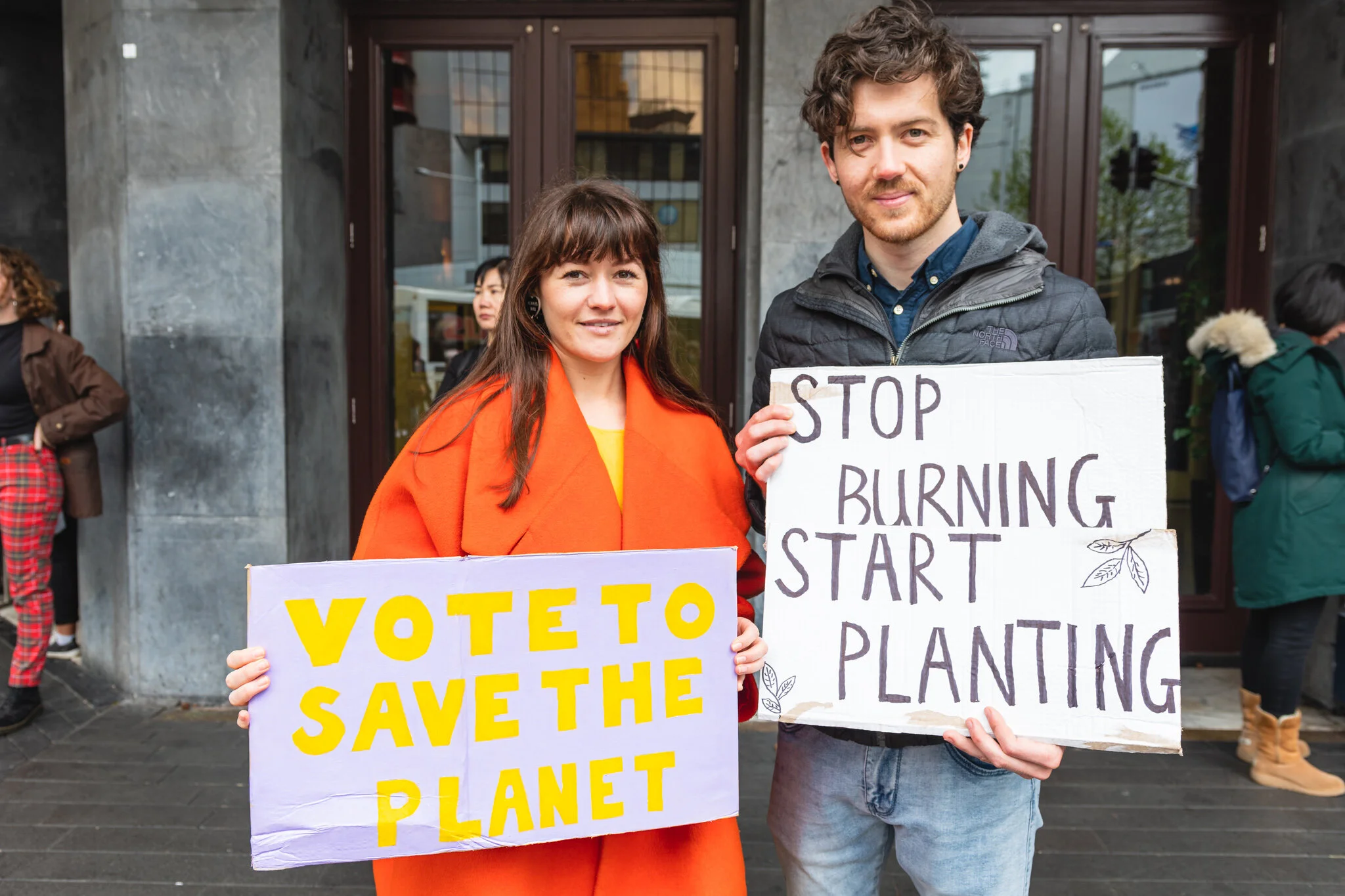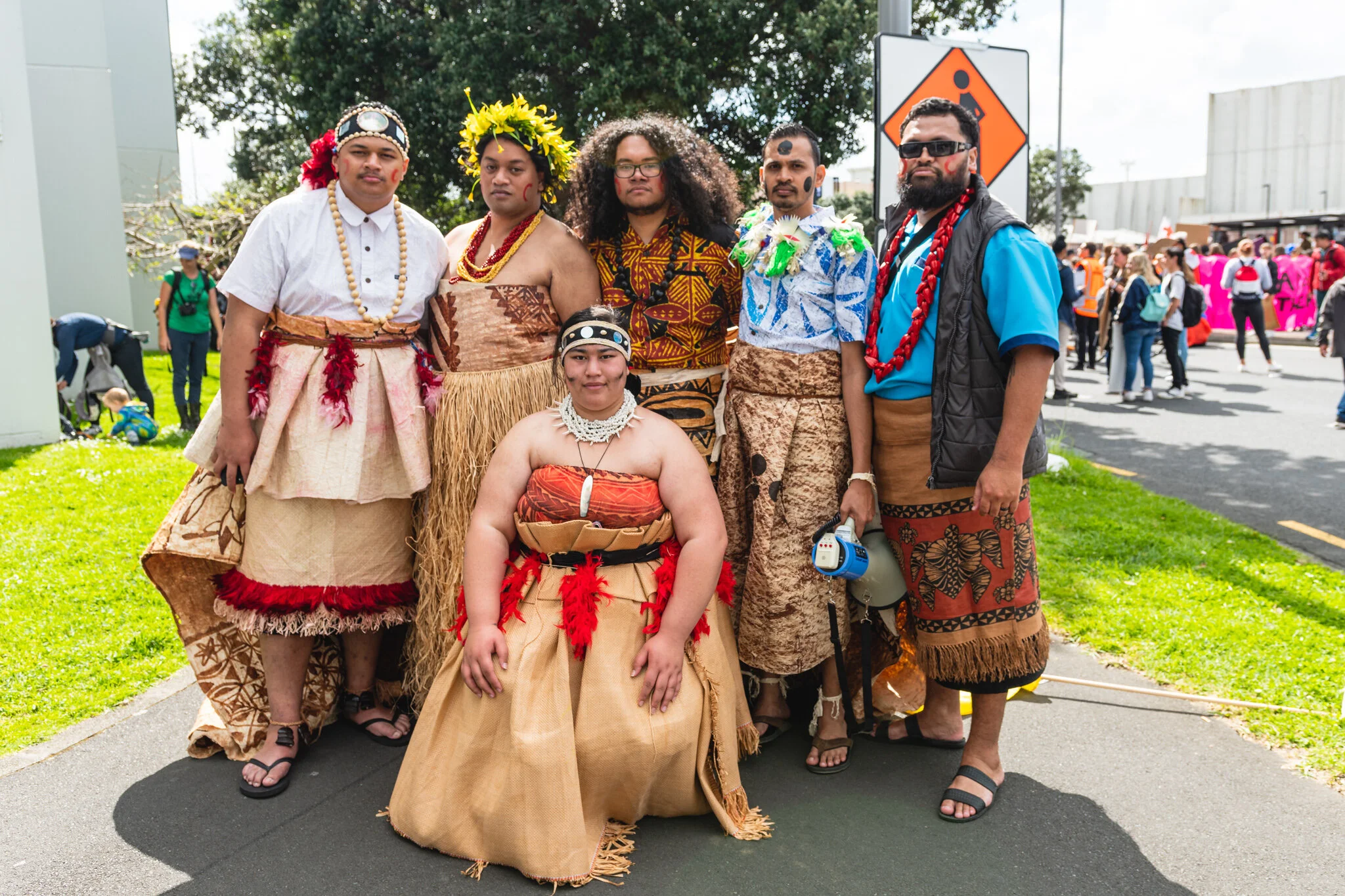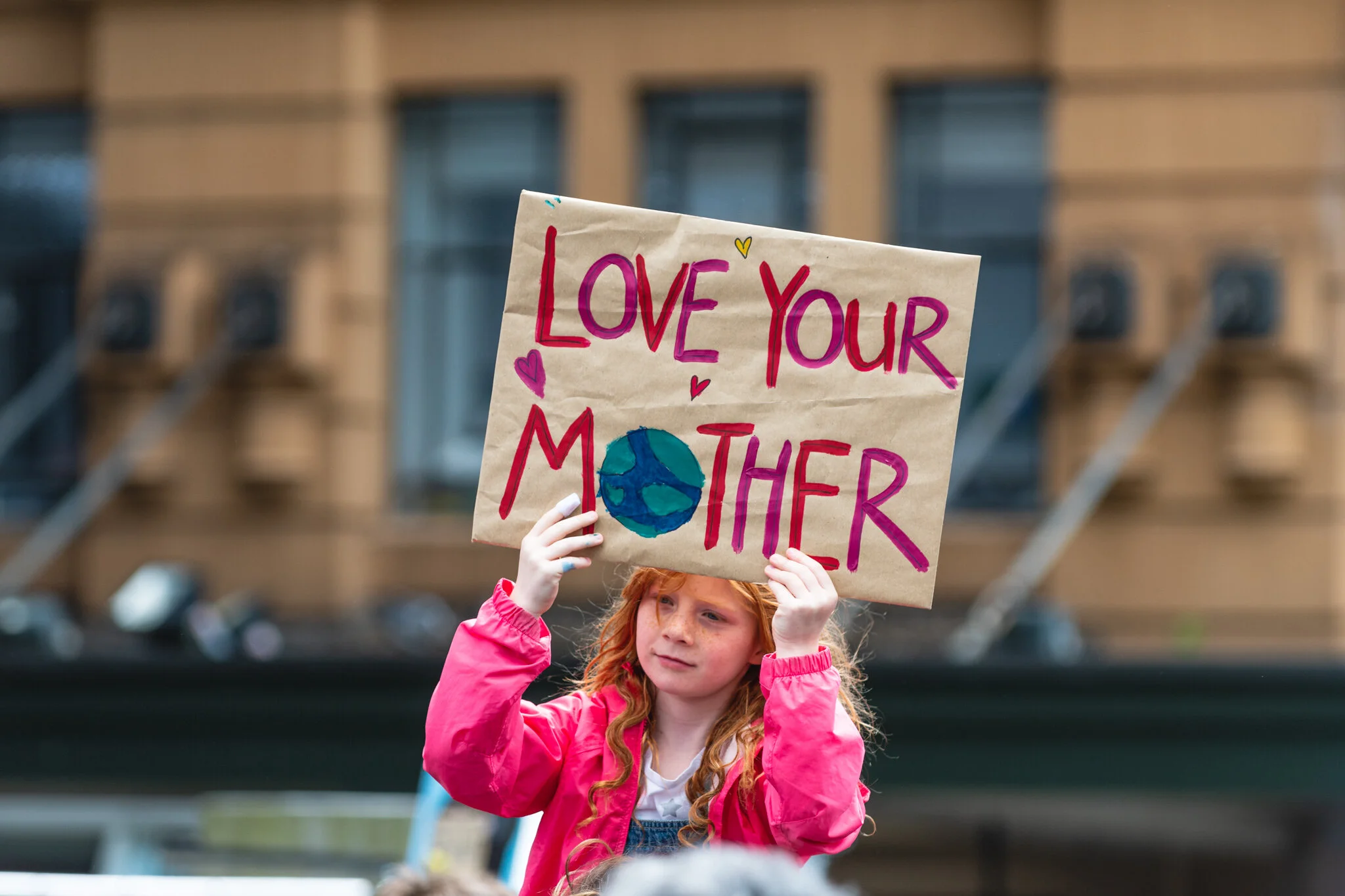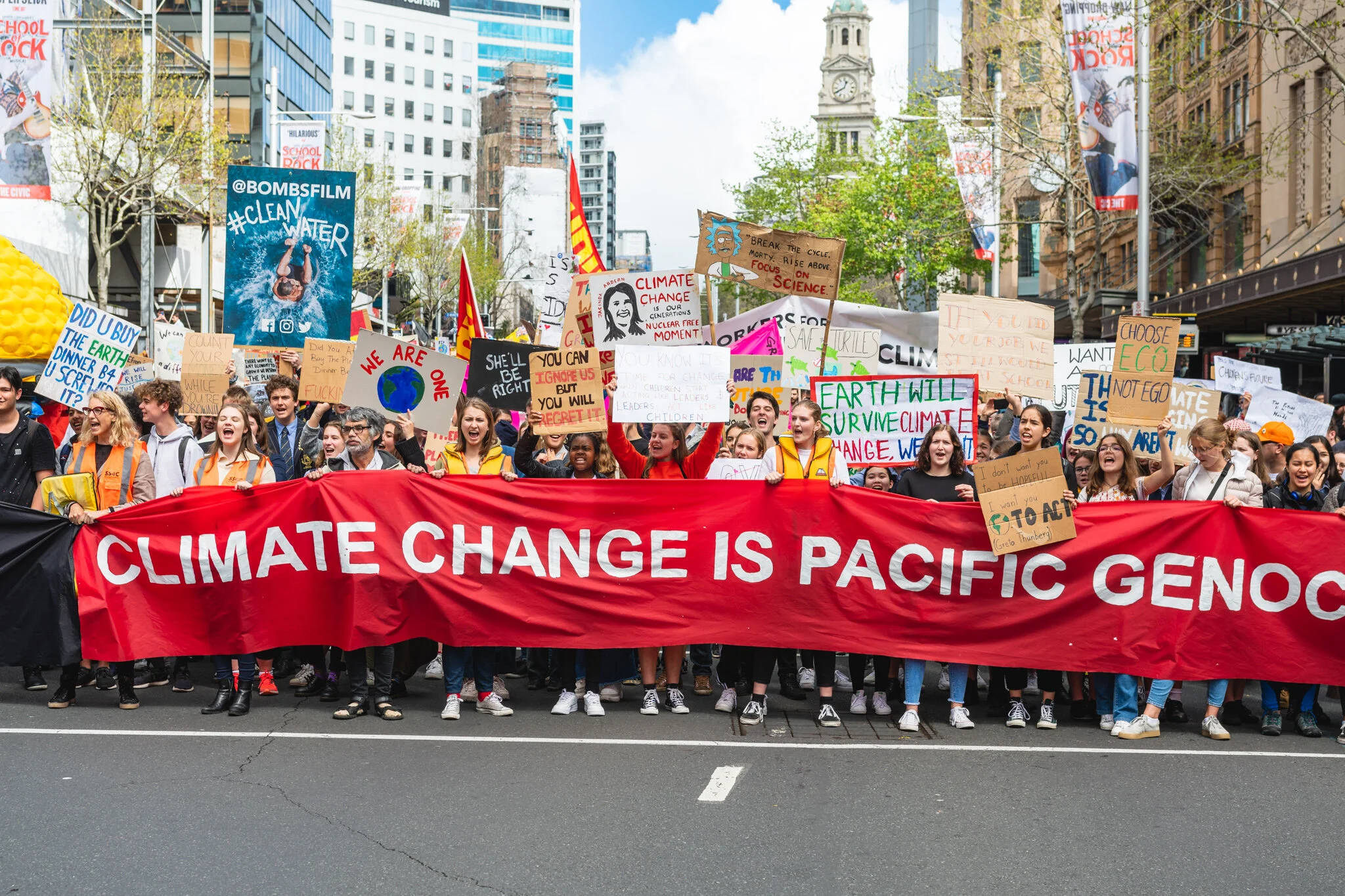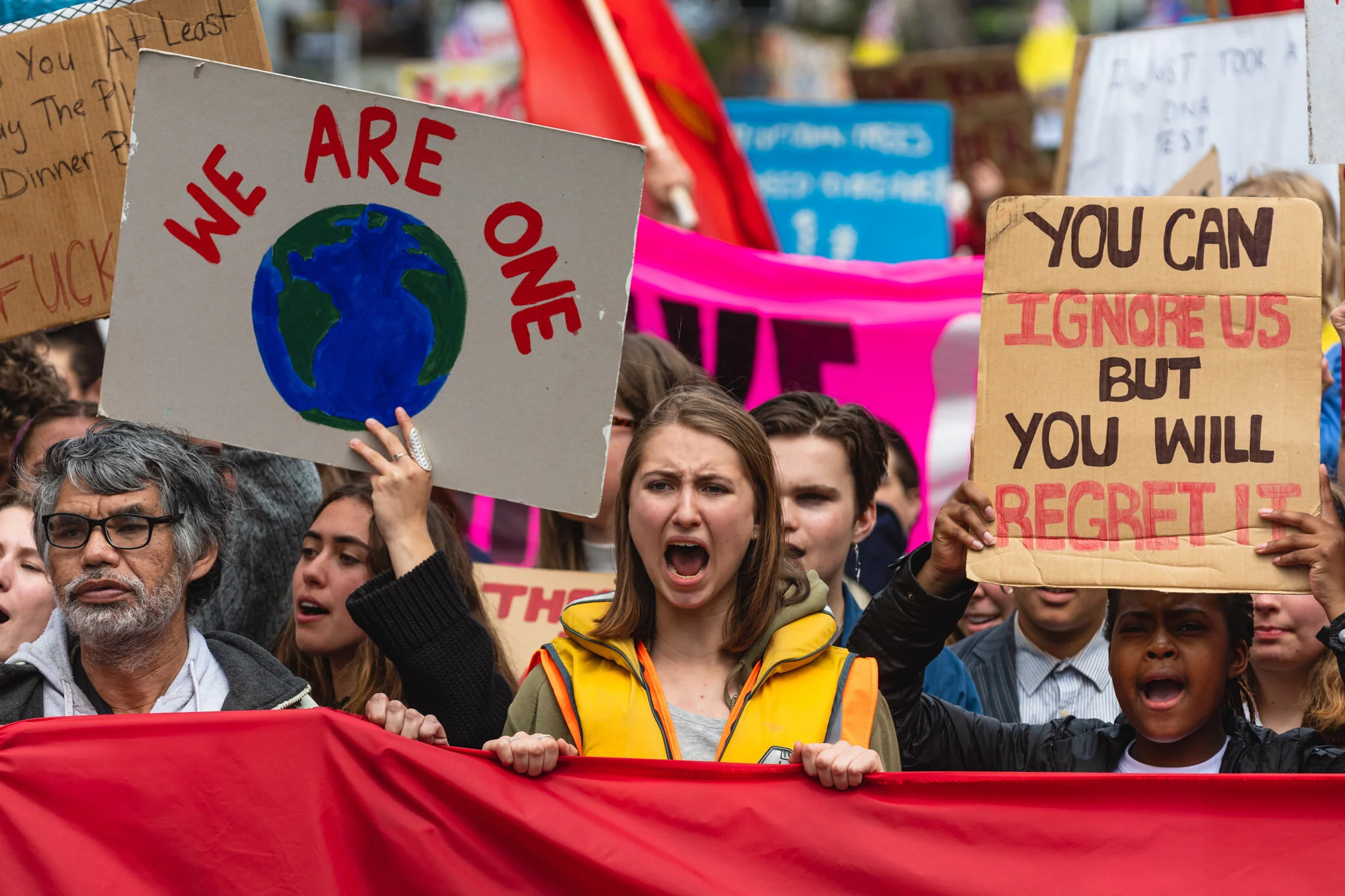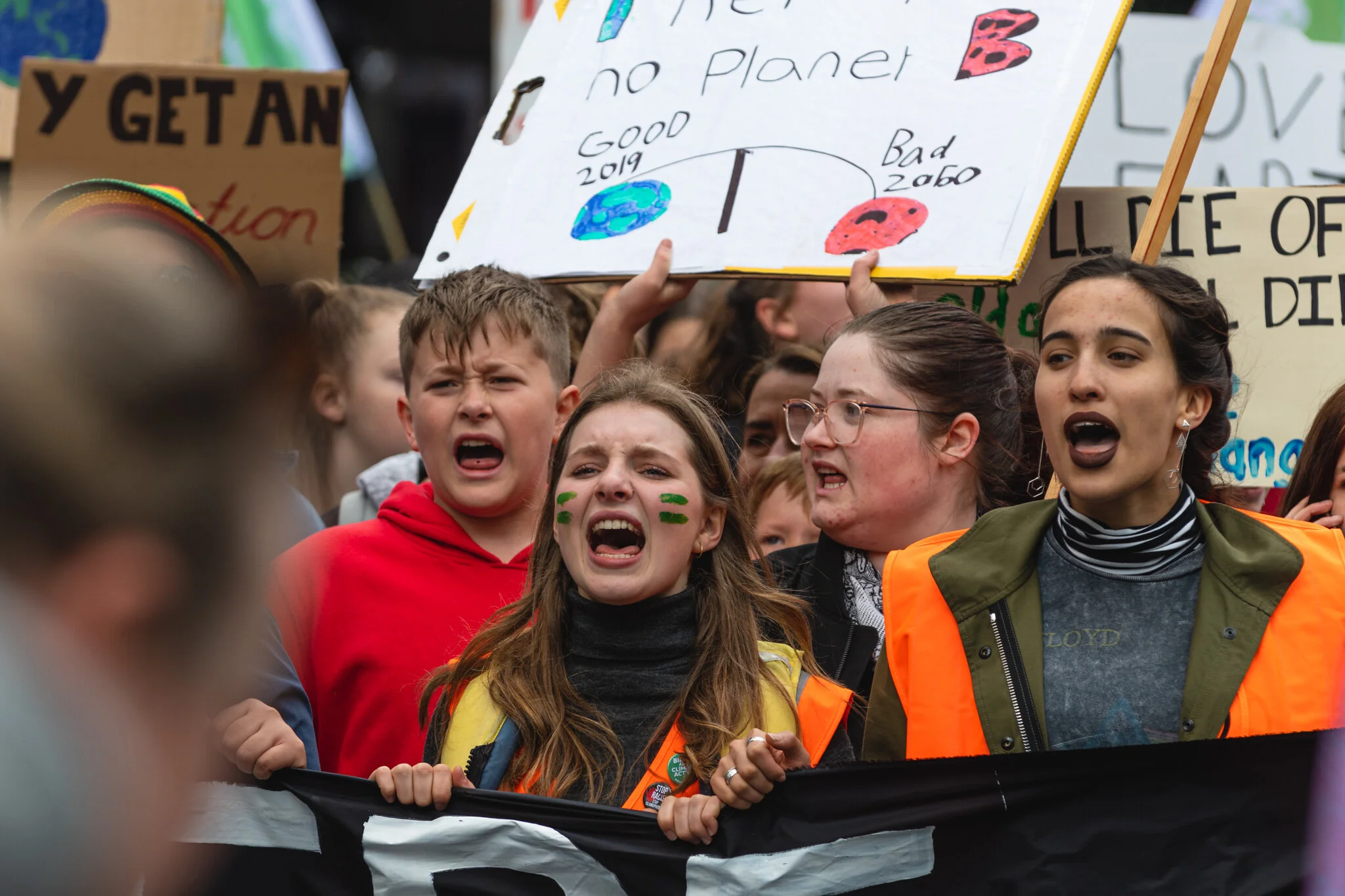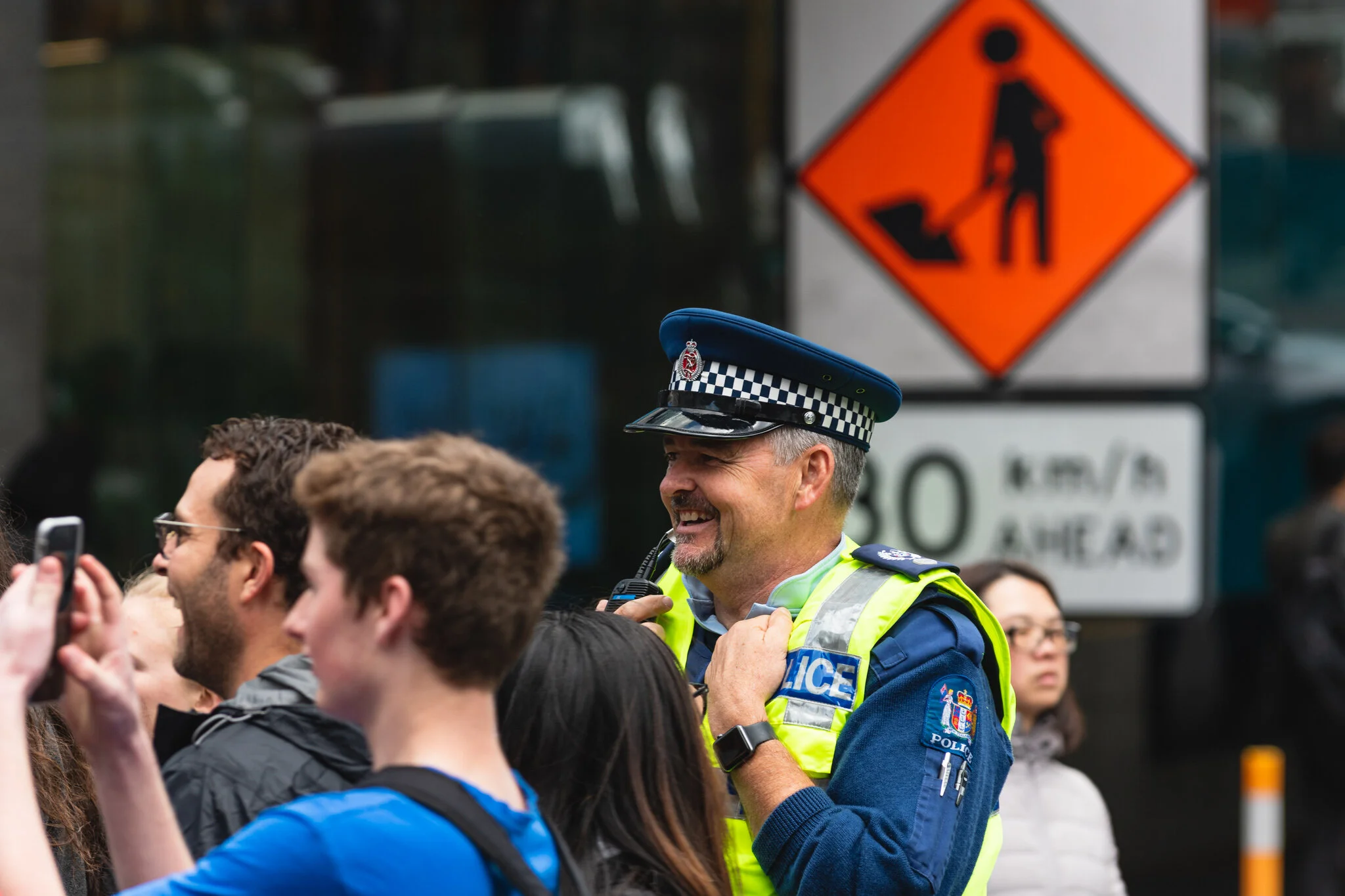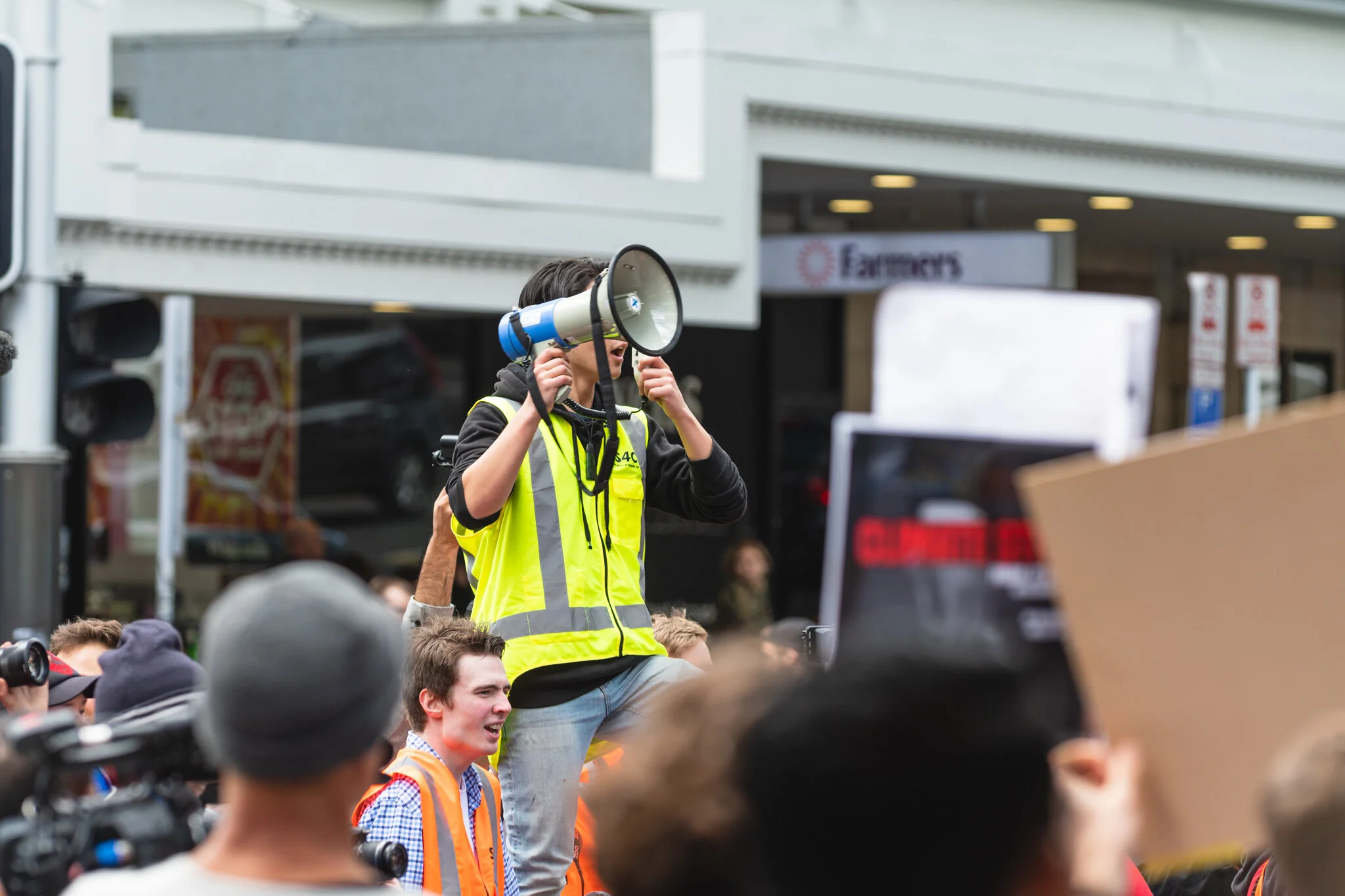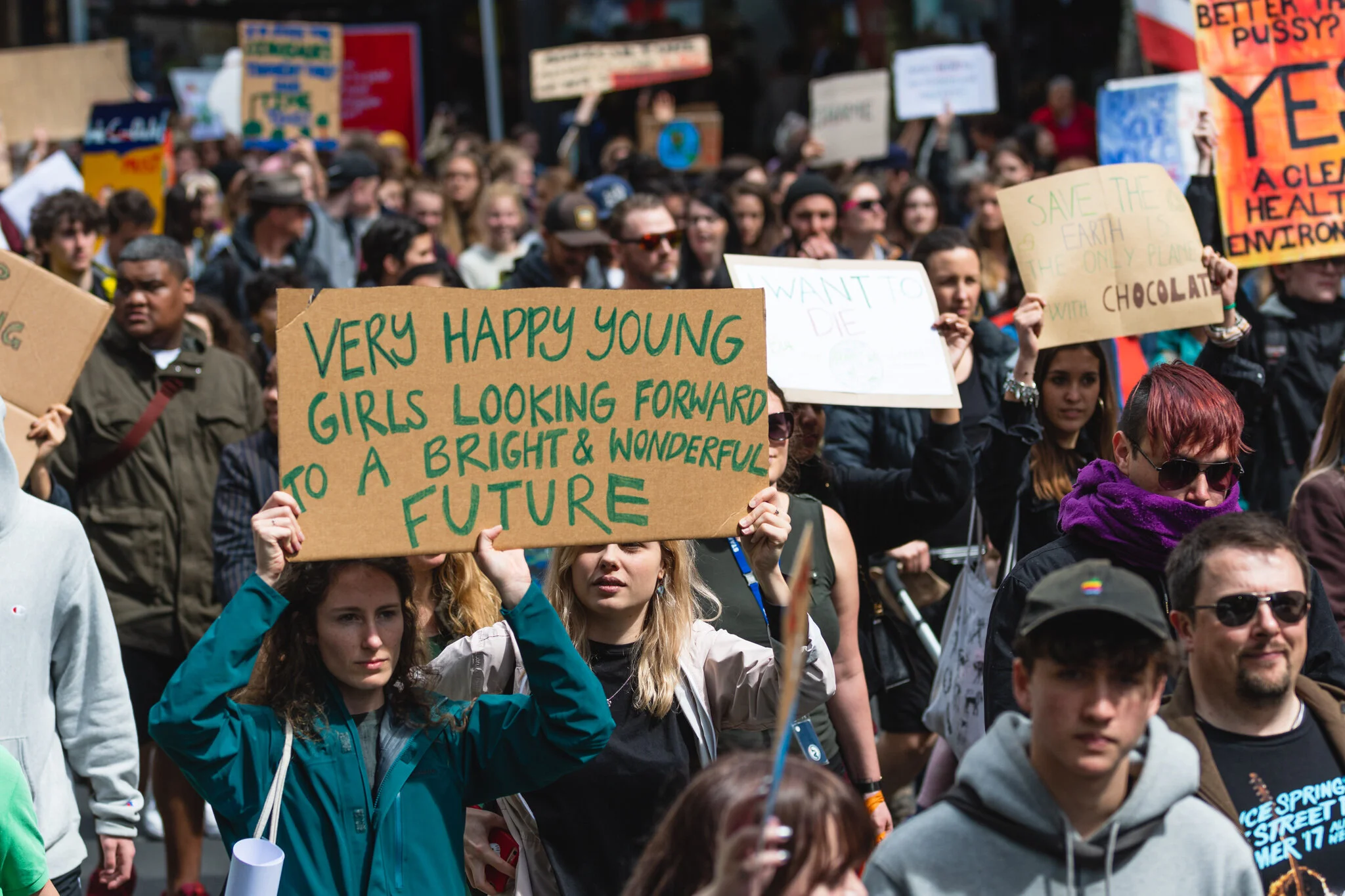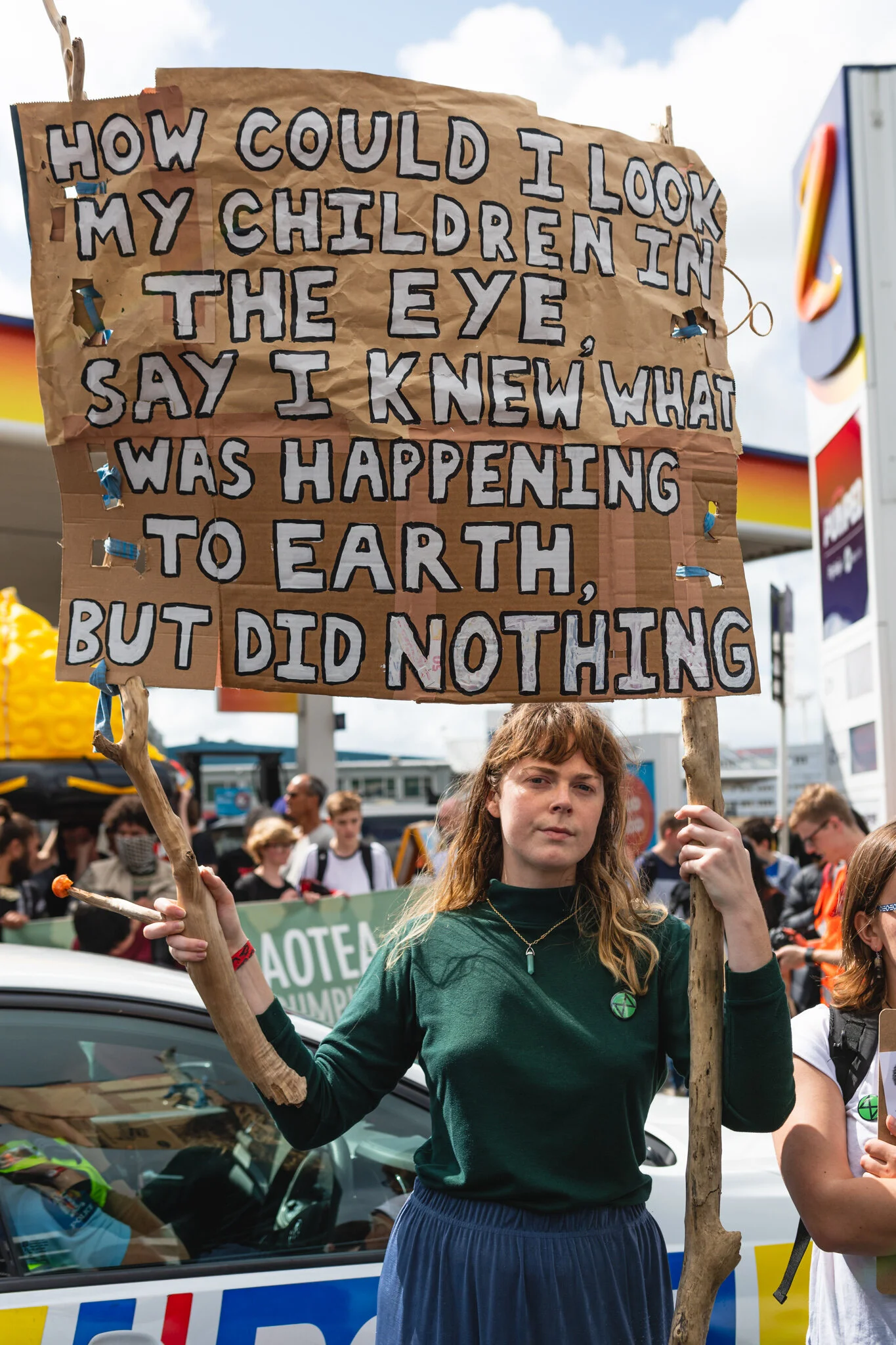New Zealand was the last major inhabitable land mass to be populated by humans. And yet it may soon become uninhabitable, along with the rest of our world.
This was the belief held by thousands of students who walked out of schools and colleges on Friday 27th September in Auckland to strike, as part of the Global Climate Strike week. Their message was simple: "why should we go to school if we don't have a future?"
But according to some at the demonstration, this future might arrive much sooner than we think.
That Sinking Feeling
New Zealand shares this quiet corner of the world with several chains of small tropical islands; the Pacific Island nations. These nations, far adrift in the vast Pacific Ocean, rarely receive much media attention and remain mostly unknown to the rest of the landlocked world. When I uploaded photos from my recent trip to Vanuatu onto Instagram, one of my friends left a comment asking if I was in Africa. These island nations might well have been indifferent to their incognito status on the global radar but with rising ocean levels predicted by climate change models these islands are first in line to suffer the consequences, they want to be known.
Many students living and studying in Auckland can trace their lineage directly to the Pacific Islands and they made up a considerable bulk of the already large demonstration. The long banner at the front line of the march read simply "CLIMATE CHANGE IS PACIFIC GENOCIDE". Behind this banner were protesters far beyond the eye could see. Many wielded signs and banners of all shapes and sizes. One of the most popular signs read "we are not drowning, we are fighting".
But what specific threats do the Pacific Islands actually face from climate change?
The war of the waters
The issues these islands face as predicted by climate change models are more complex than simply being swallowed up by the deep blue. A study published in National Geographic by coastal geomorphologist Paul Kench (University of Auckland's School of Environment) demonstrated via a study of satellite imagery that small uninhabited sandy islands and atolls can adapt to rising ocean levels. Paul theorised that as the ocean level changes new coral and sand sediment is washed onto existing outcrops allowing new land masses to form. The study concluded however that larger inhabited islands with permanent structures do not possess this self-healing ability.
In particular, human infrastructure can not move or change shape as the ocean begins to make inroads. The most critical of these infrastructures is freshwater. As more saltwater soaks into the island the water table and freshwater reservoirs will become fragile and increasingly prone to saltwater invasions.
Some attempts have been made to mitigate the saltwater issue. During my walks through some of the rural villages in Vanuatu I came across several ugly, large, concrete water tanks that had been constructed as part of the aptly named PCCCRR project (Pacific Community Climate Challenge Risk Reduction). A rusty plaque bolted onto the front of these tanks informed me that the project had been funded by Australia and New Zealand. Were they a helpful gift from a concerned neighbour? Or a backhanded apology from a climate change guilty nation? It depends on your perspective. The project has not gone unnoticed with the locals. One friendly villager upon hearing that I had come from New Zealand smiled and said he liked us because of these concrete tanks.
A stormy future
Despite these well meaning humanitarian projects, the pacific islanders may be forced to abandon their home islands long before the freshwater vs saltwater war is lost because of another gloomy prediction from climate change models; the increase in strength and frequency of tropical storms in the pacific.
Vanuatu is still recovering from the devastation caused by cyclone Pam who hit the nation directly in 2015. My host Freddie, owner of the lovely Volcano Roaring Front guest house where I stayed during my time on the volcanic island of Tanna, told me that his business was completely destroyed by Pam when she came and tore down all his guest houses. Only with great perseverance has he managed to rebuild his business stating that this year was the year business was back to how it was before Pam. A four year setback from one storm.
Troublesome storms have pounded the pacific nations in the past, before there were climate change demonstrations in the heart of Auckland. The typhoon season of 1979 was a particularly agitated season which featured Typhoon Tip as its headliner; the largest and most intense storm ever recorded. Linking climate change and storms is not straight forward and this has led some people to ignore these predictions in their entirety. "Storms have happened before so climate change is not real" is an argument I've heard or read in some form or another on many occasions. We don't currently have a working time machine so nobody knows exactly what will happen to the environment in the future. Our only alternative are the predictions published by climate scientists using models and forecasts generated on supercomputers. And these predictions tell us of an increasingly irritable pacific climate resulting in more typhoon tantrums.
We can choose to disregard these predictions and ignore the passionate voices of the tens of thousands of protesters and pacific islanders marching across Auckland. But we do so at their peril and perhaps, eventually, our own.
Photos from Tanna, Vanuatu
Freddie joins me for a morning of song and dance in celebration of John Frum, one of the local religions unique to this small island.
A local village celebrating John Frum, I was honoured to be there. But can small, unique communities like these survive the predicted consequences of climate change?
The dining room at the Volcano Roaring Front guesthouse. Named after the occasional boom you can hear from the volcano. This remarkable place was completely destroyed in 2015 and has only recently been rebuilt.
Photos from the climate strike in Auckland
“Climate change is no longer an abstract concept for future generations to "deal with". It's here, it's now, and our actions - as individuals and nations - need to reflect that.” Jacques de Satgé - Conservation Biologist
“We feel excluded…. we will be affected the most” - Proud members of the Pacific Climate Warriors protesting to save their homes.
“Support the island people who will lose their homes because of our actions”
“Climate change is an issue that needs to be address”


